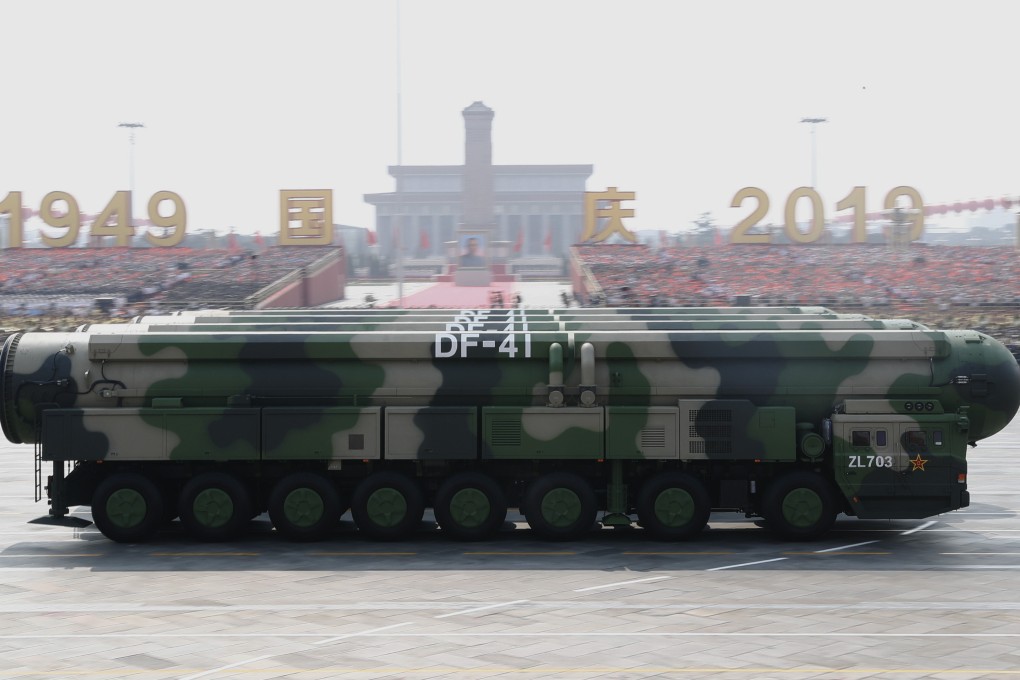Upgrades for China’s nuclear triad as Xi Jinping pushes for stronger strategic deterrence: analysts
- Observers expect China to upgrade air, ground and sea-based weapons delivery platforms after president calls for system to dissuade enemies from attacking
- Ukraine war shows Beijing that conventional weapons are not enough when dealing with geopolitical conflicts, defence experts say

Deterrence is the ability to wield military power to dissuade adversaries from launching an attack.
Defence analysts said the Ukraine war and an increasingly uncertain global order had reminded Beijing that conventional weapons were not enough for real “strategic deterrence”.
“Deterrence with conventional weapons revealed their weakness on the battlefield of the Ukraine war, which has seen the Russian military and Ukraine’s Nato-aided forces locked in endless fights, as neither could use aircraft and tanks to overwhelm each other,” said Zhou Chenming, a researcher with the Yuan Wang military science and technology think tank in Beijing.
“Even the world’s most capable military, the United States, still failed to wipe out the Taliban using powerful conventional weapons such as satellites, aircraft, tanks and others.”